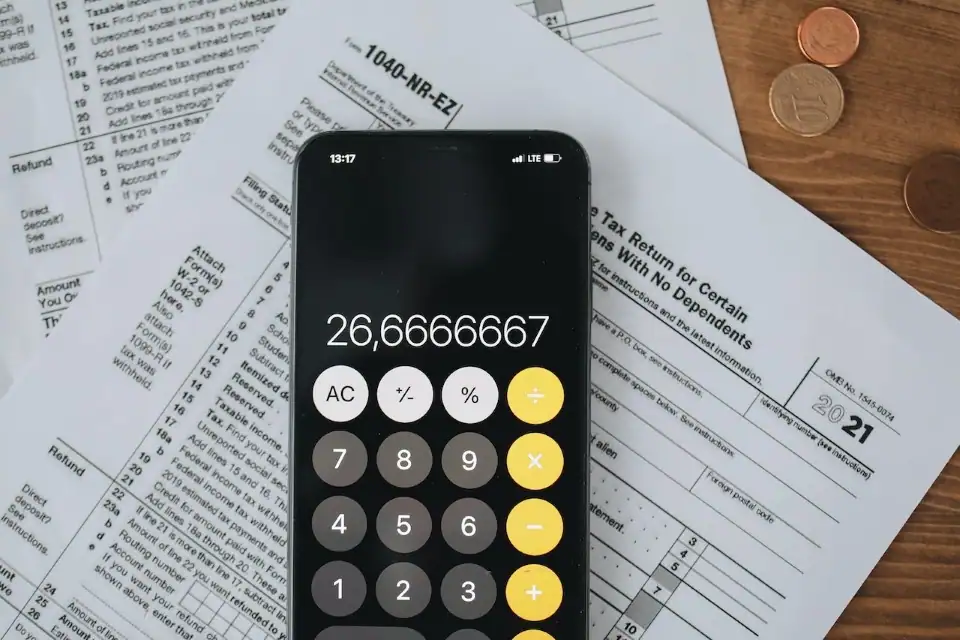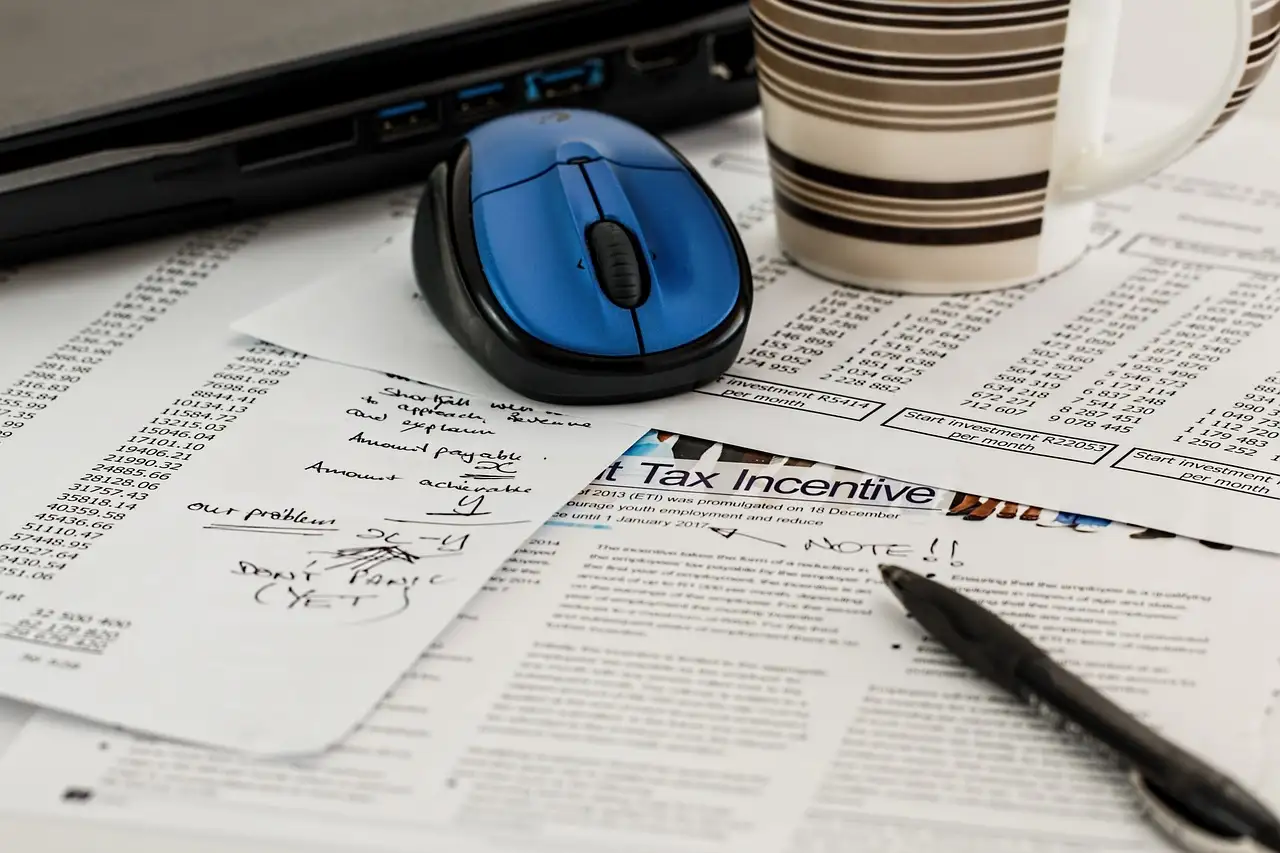
Conveniently Pay Tax Preparation Fees with Your Refund
August 20, 2023Are you expecting a tax refund this year? Did you know that you can conveniently pay your tax preparation fees using your refund itself? In this article, we will explore the concept of tax refunds, how they are calculated, and when you can expect to receive them. We will also delve into the various options available for paying your tax preparation fees with your refund, the benefits and considerations associated with this method, and step-by-step instructions to set up direct deposit or refund transfer.
What is a tax refund?
Understanding the concept of tax refund
A tax refund is an amount of money that the Internal Revenue Service (IRS) returns to taxpayers who have paid more tax during the year than they actually owe. It is essentially a reimbursement of the excess tax paid by an individual or business entity. Tax refunds are typically received after filing a tax return, which is a document containing information about one’s income, deductions, and tax liability.
How is a tax refund calculated?
The calculation of a tax refund depends on various factors, including your taxable income, deductions, credits, and the tax rate applicable to your income bracket. The IRS has specific formulas and guidelines to determine your tax liability and subsequently calculate the refund amount. It’s crucial to accurately report your income and properly claim all eligible deductions and credits to maximize your potential refund.
When will I receive my tax refund?
The timeframe for receiving your tax refund can vary, depending on several factors such as the method of filing, the complexity of your tax return, and any errors or discrepancies. Generally, if you file your taxes electronically and choose to receive your refund via direct deposit, you can expect to receive it within a few weeks. If you opt for a paper check, it may take longer for the refund to reach you by mail.
How can I pay my tax preparation fees with my refund?
What are the payment options available?
There are several payment options available for paying your tax preparation fees with your refund. One option is to set up direct deposit, where the IRS deposits your refund directly into your bank account. Another option is to choose a refund transfer through an IRS-approved provider. This option allows you to have your tax preparation fees deducted from your refund and receive the remaining balance in the form of a refund transfer.
How to set up direct deposit for tax refund?
To set up direct deposit for your tax refund, you need to provide your bank account details when filing your tax return. Make sure to accurately enter your account number and routing number to avoid any delays or issues. Setting up direct deposit not only allows you to conveniently pay your tax preparation fees but also ensures that you receive your refund quickly and securely.
How does a refund transfer work?
A refund transfer works by deducting your tax preparation fees directly from your refund before it is deposited into your bank account or issued as a refund transfer. This method eliminates the need for upfront payment of tax preparation fees and allows you to conveniently cover the costs using your refund. Refund transfers are typically processed quickly, and you can choose to receive your remaining refund balance through a variety of options such as a prepaid debit card or direct deposit.
What are the benefits of paying tax preparation fees with your refund?
Convenience of using your tax refund
Paying your tax preparation fees with your refund offers a convenient way to cover the costs without having to make upfront payments. It eliminates the need to allocate additional funds for tax preparation, making the process more accessible for individuals and businesses.
Reducing out-of-pocket expenses for tax preparation
By utilizing your refund to pay for tax preparation, you can minimize your out-of-pocket expenses. This can be especially beneficial for individuals or businesses with limited financial resources or those who prefer to manage their cash flow more efficiently.
Streamlined process through IRS-approved providers
Choosing a refund transfer through an IRS-approved provider streamlines the entire process of paying your tax preparation fees. These providers have established partnerships with the IRS to offer secure and reliable refund transfer services. You can have peace of mind knowing that your refund and payment will be handled efficiently and in compliance with tax laws.
Are there any drawbacks or considerations to keep in mind?
Potential delays in refund processing
In some cases, paying your tax preparation fees with your refund may cause slight delays in the processing of your refund. This is because the IRS needs to coordinate with the refund transfer provider to deduct the fees before issuing the remaining balance. However, the delays are usually minimal, and you can still receive your refund within a reasonable timeframe.
Additional fees or charges for using refund payment options
While paying your tax preparation fees with your refund offers convenience, it’s important to note that there may be additional fees or charges associated with certain refund payment options. These fees can vary depending on the provider or the specific services offered. Be sure to review the terms and conditions and understand any potential costs before selecting a refund payment option.
Impact on timing of receiving your refund
Opting to pay your tax preparation fees with your refund can impact the timing of receiving your refund. Choosing a refund transfer or other payment methods may add an extra step to the process, which can slightly extend the processing time compared to receiving a direct deposit or paper check. It’s essential to consider your personal preferences and financial situation when deciding how you want to receive your refund.
How to pay your tax preparation fees using direct deposit or refund transfer?
Step-by-step guide to setting up direct deposit
Setting up direct deposit for your tax refund is a straightforward process. Follow these steps to pay your tax preparation fees using direct deposit:
- While filing your tax return, enter your bank account details accurately.
- Provide your account number and routing number for the IRS to deposit your refund directly into your account.
- Ensure that you have sufficient funds in your account to cover any tax preparation fees.
- Review and submit your tax return.
- Wait for the IRS to process your return and refund, which will be deposited into your bank account.
Instructions for choosing refund transfer option
If you prefer to use a refund transfer option, follow these instructions to pay your tax preparation fees:
- Select an IRS-approved provider that offers refund transfer services.
- Provide the necessary information to the provider, including your tax return details and any applicable fees.
- Authorize the provider to deduct the tax preparation fees from your refund.
- Choose your preferred method to receive the remaining balance, such as a prepaid debit card or direct deposit.
- Wait for the refund transfer to be processed and receive your remaining refund balance.
Common issues and troubleshooting tips
While setting up direct deposit or opting for a refund transfer is generally a smooth process, you may encounter some common issues. Here are a few troubleshooting tips:
- Double-check your bank account details to ensure they are accurate and up to date.
- Contact your bank if you encounter any issues with the direct deposit or refund transfer.
- Reach out to the IRS or the refund transfer provider for assistance with any technical or payment-related problems.
- Keep a record of all communication and transaction details for reference.
In conclusion, paying your tax preparation fees with your refund can offer convenience, reduce out-of-pocket expenses, and streamline the process of filing your taxes. Whether you choose to set up direct deposit or opt for a refund transfer, it’s essential to understand the benefits, considerations, and potential fees associated with each method. By making an informed decision and following the necessary steps, you can easily and conveniently cover your tax preparation fees with your refund.
Q: What is [[TITLE]]?
A: [[TITLE]] is a convenient way to pay tax preparation fees with your refund.
Q: What are some related topics to [[TITLE]]?
A: Some related topics to [[TITLE]] include recommended articles, IRS, tax prep, FAQs, tax return, payment options, tax payment, federal tax, Emerald, tax filing, and Emerald card.
Q: Can I use my Mastercard® to pay for tax preparation fees?
A: Yes, you can use your Mastercard® to conveniently pay for tax preparation fees.
Q: How do I make a tax payment?
A: To make a tax payment, you can use various options such as credit or debit card, online tax payment, or purchase a refund transfer.
Q: Can I pay my federal taxes with my refund?
A: Yes, you can use your federal refund to pay your federal taxes.
Q: Can I file my tax return online?
A: Yes, you can easily file your tax return online to simplify the tax filing process.
Q: What is the Emerald card?
A: The Emerald card is a prepaid Mastercard® offered by tax preparation services.
Q: Can I e-file my tax return?
A: Yes, you can e-file your tax return for faster processing and refund delivery.
Q: Can I pay my tax prep fees with my state refund?
A: Yes, you can use your state refund to pay for tax preparation fees.
Q: What should I do if I owe the IRS?
A: If you owe the IRS, it is important to promptly pay your tax debt to avoid penalties and interest. You can use various payment options such as credit or debit card, online tax payment, or make a payment by check.


